Hydrofoil. Is their revival real in Russia?
River passenger hydrofoil vessels "Valdai 45R"
Most residents of the countries of the former USSR, due to their age, remember how many passenger hydrofoils were on the rivers, seas and large lakes. Many of us swam (or flew?) On them. These fast and surprisingly graceful machines were rightfully the pride of Soviet citizens, a vivid evidence of scientifictechnical the power of the country of "developed socialism".
They began to gradually disappear in the 1990s and almost completely disappeared from our reservoirs in the 2000s. Why did this happen and is a renaissance of the widespread use of hydrofoils (HFV) possible?
The special place of the USSR in world construction and the use of the SEC
The first experimental SPK models were built by various inventors in technically developed countries at the end of the 19th century. But the level of science and technology only in the 1940s - 1950s made it possible to create quite perfect samples.
Most of the developments of the SPK for military and civil purposes in different countries occurred in the 1950s - 1970s. Most often, these vessels were produced by piece or in small batches. The exception was the USSR, where civilian SPKs were serially built.
In the capitalist countries, two companies were the leaders in creating passenger SPKs of different classes:
- "Supramar" (Switzerland). About 200 SPKs were built, most of which were built under license in Italy, some in Japan.
- Boeing Marine Systems (USA). About 40 units were built and several under license in Japan.
At the same time, the USSR built a total of about 1300 units of passenger SPK.
The main developer of the SPK in the USSR was the Central Design Bureau for Hydrofoils of the Krasnoye Sormovo plant (Nizhny Novgorod). Its creator and leader Rostislav Alekseev is a key figure in the creation of SPK and ekranoplanes in the Soviet Union. Even during the war, he proactively began to develop hydrofoil boats and did everything to interest the management of his plant and the government in this topic. The importance of the personality of R. Alekseev in the success of this direction is higher than, for example, of the personality of the great S. Korolev in the success of the Soviet missile program.
River high-speed passenger hydrofoil vessel "Meteor 120R"
In the USSR, many SPK models with different passenger capacity, speed, draft depth and other parameters were developed and mass-produced.
River Soviet SPK
"Rocket" - up to 64 (66) passengers, speed - 65 km / h, production - 1957 - 1975
"Meteor" - up to 78 (123) passengers, speed - 65 km / h, production - 1959 - 1999
"Petrel" - up to 150 passengers, speed - 120 km / h, in 1962 a single copy was produced.
"Satellite" - up to 300 passengers, speed - 65 km / h, in 1961 a single copy was built.
"Belarus" - up to 40 passengers, speed - 60 km / h, production since 1963
"Polesie" - up to 50 passengers, speed - 65 km / h, production - 1983 - 1996
"Sunrise" - up to 71 passengers, speed - 65 km / h, production - 1973 - 1991
Marine Soviet SPK
"Arrow" - up to 92 passengers, speed - 75 km / h, in 1961 - 1962. built 3 copies.
"Comet" - up to 120 passengers, speed - 57 km / h, production - 1964 - 1981
"Colchis" - up to 120 passengers, speed - 63 km / h, production - 1981 - 1988
"Vortex" - up to 300 passengers, speed - 65 km / h, a single copy was built in the 1960s.
"Cyclone" - up to 250 passengers, speed - 70 km / h, production - 1986
"Swallow" - up to 85 passengers, speed - 85 km / h, 1980 built in the 4s
Katran - up to 120 passengers, speed - 63 km / h, production - 1988 - 1996
In comparison, for example, with American models, Soviet SPKs were distinguished by the maximum simplicity and manufacturability of the design with a sufficiently high hydrodynamic perfection. They were also very beautiful.
Soviet sea and river SECs were exported to dozens of countries in Europe, Asia and America. In some of them, they are still in operation. Thus, the USSR was not just the undisputed leader in the development and construction of the SEC, but the only country where this type of transport was truly developed.
After the USSR
The length of inland waterways in modern Russia is more than 6 thousand kilometers. The Soviet Union invested huge amounts of money in their development. During the Soviet period, the volume of traffic on lakes, rivers and canals increased. But as other modes of transport developed even more intensively, the share of transport by inland waterways in the total freight traffic decreased rapidly: from 27% in 1928 to 1990, it dropped to only 4,5%. In addition, due to errors in the management of the development of the river fleet in the USSR, a constant decline began in the 1960s. economic efficiency of transportation by this type of transport.
The collapse of the Soviet system resulted in the death of the river fleet as a large system that was part of a powerful national economic complex. The post-Soviet economic paradigm did not provide for the active participation of the state in economic activities in general and the functioning of water transport in particular. It was stated that the "free market" and private property by themselves would regulate all economic relations and lead to intensive development of the country's economy.
Marine passenger hydrofoil vessel "Comet 120M"
As a result, there was a strong drop in the volume of freight and passenger traffic, which generally continues to this day. Today in the Russian Federation, river transport accounts for less than 1% of the total freight traffic. The degree of congestion on the waterways of Russia is 10 times lower than in China and 30 times lower than in Germany.
After the transfer of the river fleet to private hands, it suddenly turned out that the operation of a huge part of the passenger ships was unprofitable. This is especially true for the SPK. Very few of these vessels are currently in operation in Russia. They are mainly used on tourist routes. Some of them have been modernized, primarily in terms of replacing obsolete Soviet diesel engines with imported ones.
Some of the ships were cut into scrap metal, some were sold to other countries in whole or in part (for parts), a large number of them are stored at various bases in Russia and Ukraine, where they slowly die, standing in the open.
The development of bus transportation and personal vehicles in the Russian Federation, the construction and modernization of roads over the past 1,5 decades have significantly reduced the demand for river passenger transportation.
Nevertheless, in Russia, on large bodies of water, there are places, the "dry" path to which is absent or difficult. Although the number of such places is constantly decreasing (mainly due to the continuing concentration of the population). For such places, the use of water transport naturally remains relevant. Hydrofoil boats are more convenient for long-haul routes, as they can significantly reduce travel time.
In recent years, Russia has developed a whole line of river and sea HFVs of various classes.
River Russian SPK
Valdai 45R - up to 45 passengers, speed - 65 km / h, start of production - 2017
"Meteor 120R" - up to 120 passengers, speed - 65 km / h, start of production - 2019
Marine Russian SPK
"Comet 120M" - up to 120 passengers, speed - 65 km / h, start of production - 2013
"Cyclone 250M" - up to 250 passengers, speed - 70 km / h, production has not started.
Project of a passenger marine double-deck hydrofoil vessel "Cyclone 250M"
But these machines did not arouse tangible interest either from business or from central and local authorities. Over the past 15 years, only 1-2 SPKs have been built in Russia per year.
Economic features of the use of SPK
The advantage of the SPK over other vessels is its high speed. But this advantage comes with a higher cost to build and operate: they have higher fuel consumption and require more expensive maintenance.
The economic shortcomings of hydrofoils led to the fact that they did not gain any widespread acceptance in capitalist states. The exception is countries where intensive communication is required between relatively close inhabited sea islands. Therefore, offshore SPKs are actively used in countries such as Greece, Italy, Japan, Norway, and the Netherlands. It is symptomatic that neither modernized nor completely new SPKs have found significant application in the capitalist post-Soviet states either.
Today, the above factors are supplemented by the low demand for river transport. The small number of routes, their short length and low congestion make them commercially unattractive for private entrepreneurs. In the USSR, decisions on the mass construction and use of the SEC were made at the level of the top officials of the state, while the commercial component was not decisive.
In the future, the use of a limited number of SECs for communication with “deaf” settlements on large rivers, as well as for sightseeing and tourist purposes, is most possible if there are subsidies or full support from the regional authorities.
Hack and predictor Aviator
In capitalist countries, hydrofoil vessels have never been widely used, since, due to the characteristics of these machines, the commercial attractiveness of their operation is limited to a few narrow market niches.
Everywhere SPKs were used only in the USSR and other countries with a state economy. While maintaining the existing economic and political the model has no reason to believe that this type of transport can again become mass.
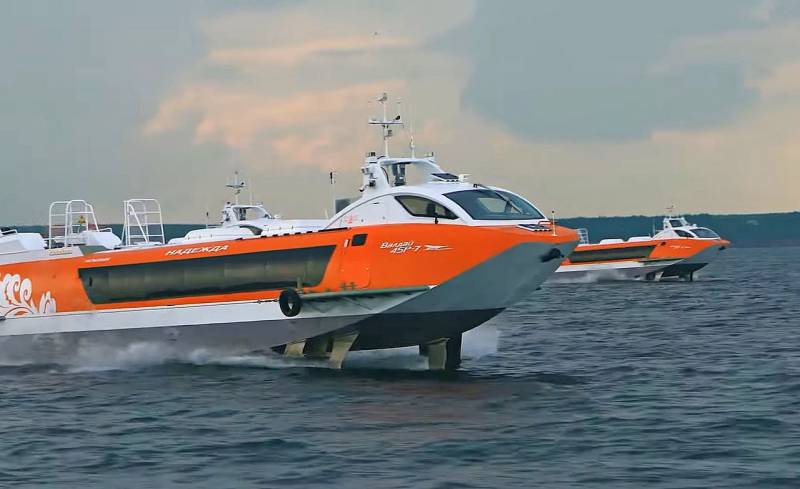
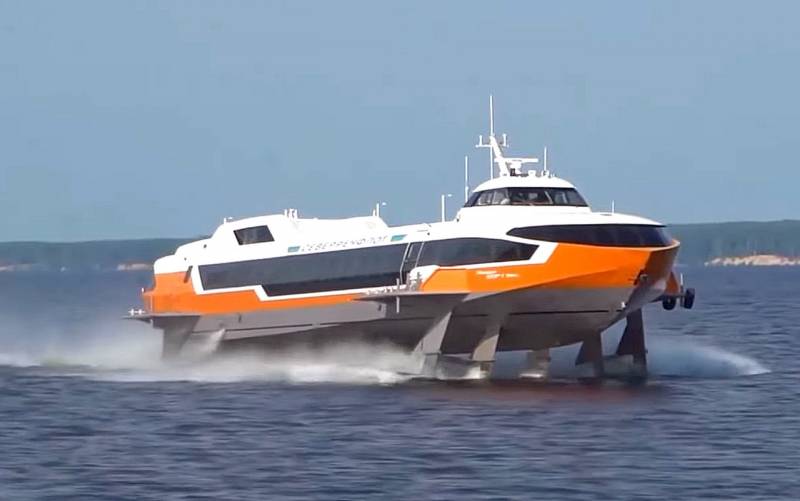
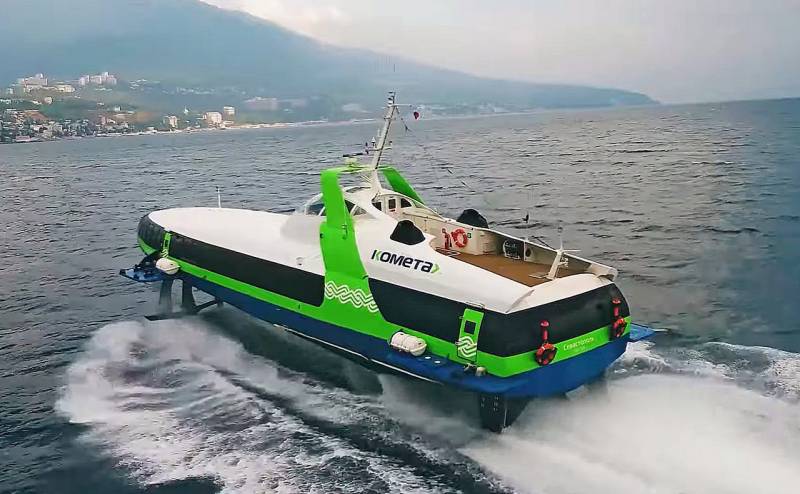
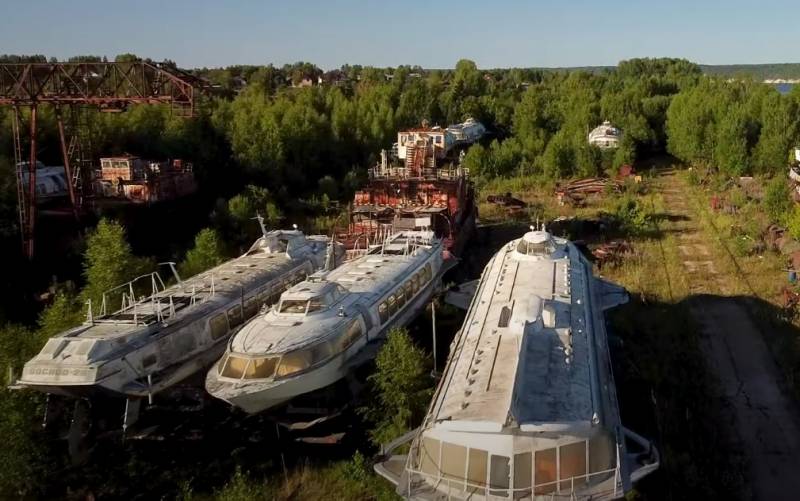
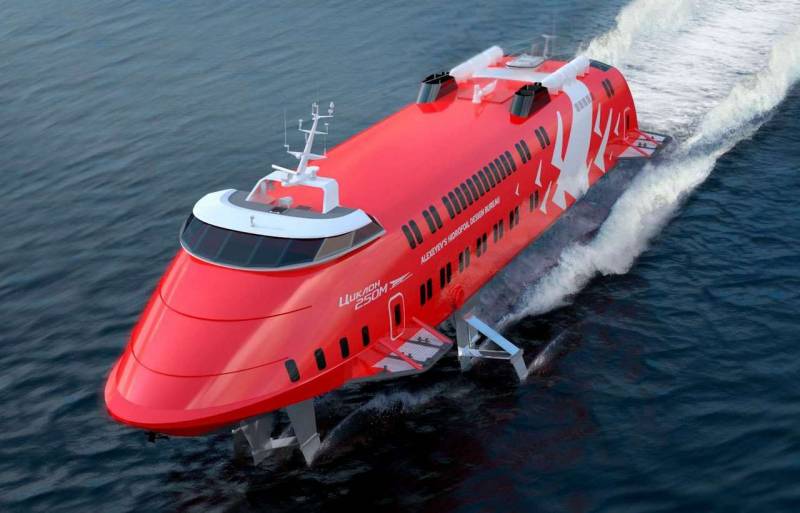
Information